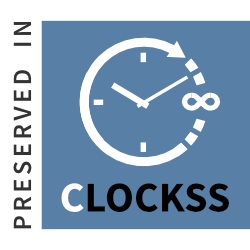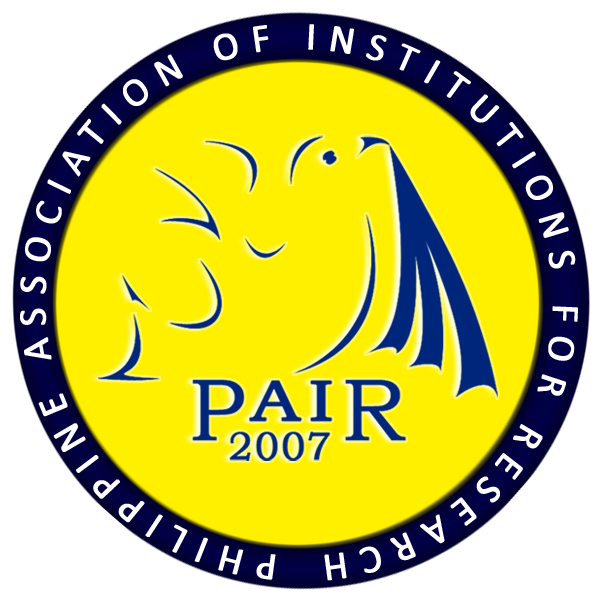Very High Level of Teaching Behavior and Outstanding Teaching Performance of Public University Faculty
DOI:
https://doi.org/10.7719/jpair.v22i1.336Keywords:
Education, teaching, behavior, performance, descriptive-correlational method, public university., faculty, Ilocos Sur, PhilippinesAbstract
The quality of education depends on several factors such as training for students, teaching activities, management of the school, and the teachers themselves. The teachers are the most important factor in successful teaching. Moreover, to influence student's behavior, the relationship between a teacher and his student is the most effective influence. The study aimed to determine the level of teaching behavior and level of teaching performance of the faculty in the College of Technology in the University of Northern Philippines. Using descriptive-correlational method of research, the study used questionnaires as primary tools in gathering the data. Findings showed that the faculty had a very high level of teaching behavior along personal, teacher and students, involvement of student, influence method, discipline control, preparing teaching method, teaching process, classroom environment and facilities, work distribution, and learning strategy and social skill. Furthermore, the faculty had outstanding level of teaching performance. The level of teaching behavior of the faculty is not significantly related with their level of teaching performance. The teaching performance of the faculty should not rest on their laurels by enhancing some aspects of their performance like sharing learning objectives with students, promoting a healthy exchange of ideas, and using appropriate evaluation tools.
Downloads
References
Bartlett, S., & Burton, D. (2012). Introduction to education studies. Sage.
Downloads
Published
Issue
Section
License
Copyright (c) 2015 Oswald T. Tolentino, Crizzle A. Bajet Paz

This work is licensed under a Creative Commons Attribution-NonCommercial 4.0 International License.
Open Access. This article published by JPAIR Multidisciplinary Research is licensed under a Creative Commons Attribution-Noncommercial 4.0 International (CC BY-NC 4.0). You are free to share (copy and redistribute the material in any medium or format) and adapt (remix, transform, and build upon the material). Under the following terms, you must give appropriate credit, provide a link to the license, and indicate if changes were made. You may do so in any reasonable manner, but not in any way that suggests the licensor endorses you or your use. You may not use the material for commercial purposes.




















